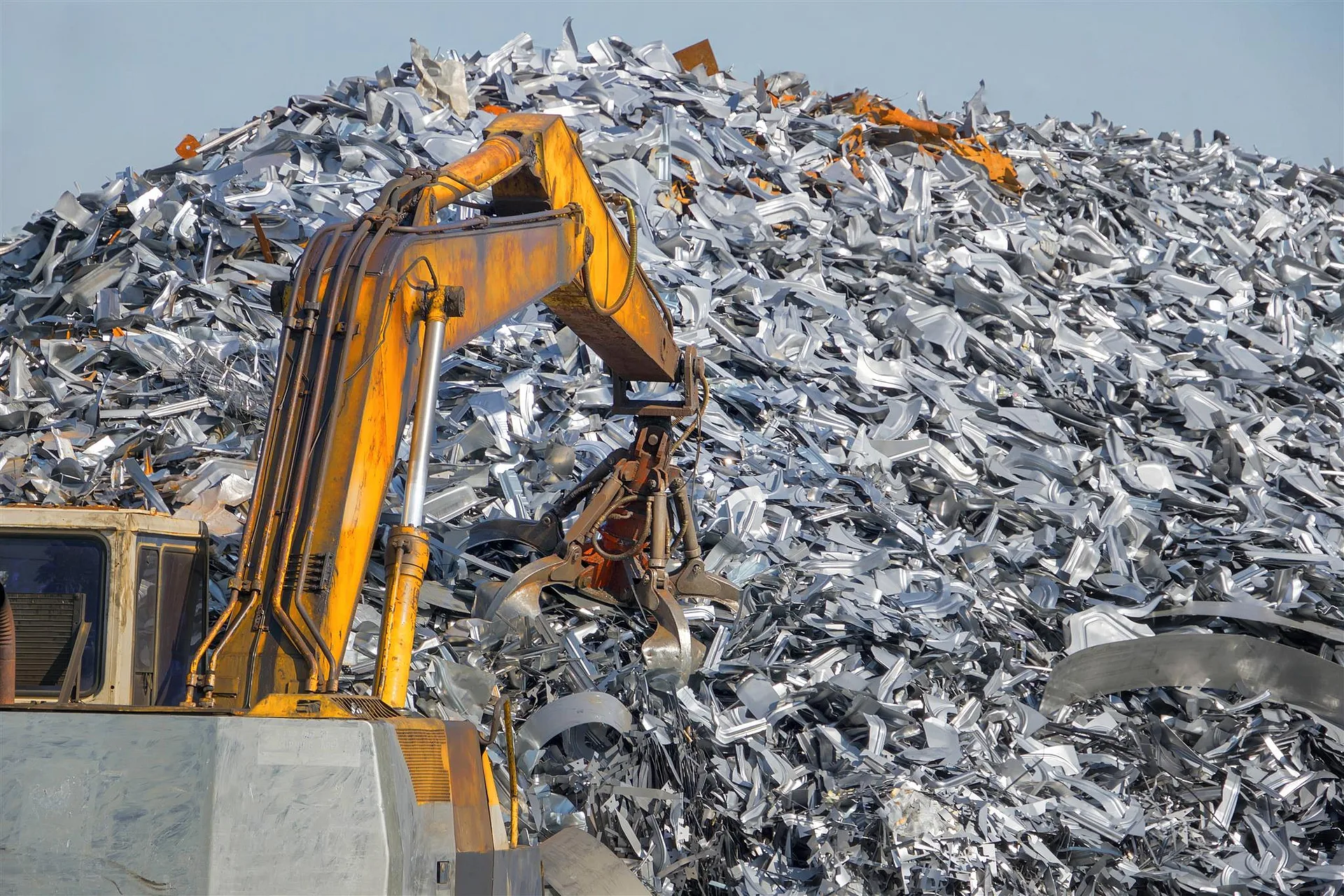Scrap metal is a valuable resource that has been used in many different ways throughout history. From ancient times to modern-day applications, scrap metal has been utilized in construction, transportation, and manufacturing. This article will provide an overview of scrap metal, including its uses and the recycling process.
What is Scrap Metal?
Scrap metal refers to any metal that is no longer useful in its current form and is destined for the recycling center. This metal can come from a variety of sources, including cars, appliances, construction materials, and industrial waste. Scrap metal is typically classified into two categories: ferrous and non-ferrous.
Ferrous Scrap Metal
Ferrous scrap metal contains iron and is the most common type of scrap metal. Examples of ferrous scrap include steel from cars, appliances, and construction materials.
Non-Ferrous Scrap Metal
Non-ferrous scrap metal does not contain iron and includes metals such as aluminum, copper, brass, and stainless steel. Examples of non-ferrous scrap include aluminum cans, copper wire, and old brass fixtures.
Uses of Scrap Metal
Scrap metal is used in a variety of applications, including construction, transportation, and manufacturing.
Construction
Scrap metal is commonly used in construction due to its strength and durability. Steel beams and rebar are often made from scrap metal, and recycled metal can be used in roofing and siding.
Transportation
Scrap metal is also used in transportation, specifically in the manufacturing of automobiles and aircraft. Recycled aluminum and steel are used to make car bodies, while recycled copper and brass are used in the manufacturing of electrical components.
Manufacturing
Scrap metal is used in the manufacturing of a variety of products, including appliances, machinery, and electronics. Recycled metal can be melted down and used to create new products, reducing the need for virgin materials.
The Recycling Process
The recycling process for scrap metal involves several steps.
Collection
The first step in the recycling process is the collection of scrap metal. This metal can come from a variety of sources, including households, businesses, and industrial waste.
Sorting
Once the scrap metal is collected, it is sorted by type. Ferrous and non-ferrous metals are separated, and any contaminants, such as plastic or rubber, are removed.
Processing
The sorted scrap metal is then processed to remove any remaining contaminants and prepared for recycling. This may involve shredding the metal into smaller pieces, melting it down, or shaping it into new products.
Sale
Once the scrap metal has been processed, it is sold to manufacturers who use the recycled metal to create new products.
Benefits of Scrap Metal Recycling
Recycling scrap metal has many benefits, both for the environment and the economy.
Environmental Benefits
Recycling scrap metal reduces the need for virgin materials, conserves natural resources and reduces greenhouse gas emissions. Recycling also reduces the amount of waste that ends up in landfills.
Economic Benefits
Scrap metal recycling is a multi-billion dollar industry that creates jobs and contributes to the economy. Recycling also reduces the cost of manufacturing by providing a cheaper alternative to virgin materials.
Conclusion
Scrap metal is a valuable resource that has been used in many different ways throughout history. Its uses in construction, transportation, and manufacturing are diverse and essential. The recycling process for scrap metal is an important step in conserving natural resources and reducing waste. By recycling scrap metal, we can reduce the environmental impact of manufacturing and contribute to the economy.


No comments yet